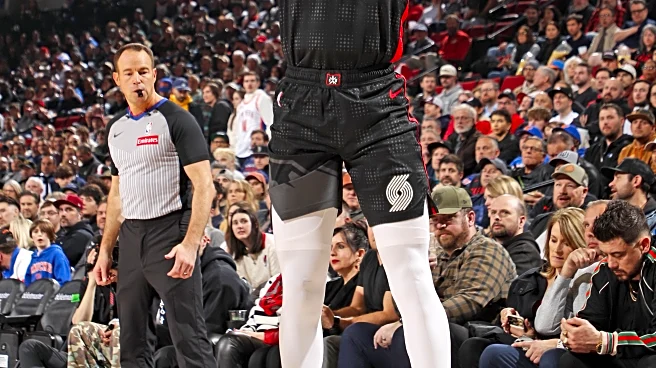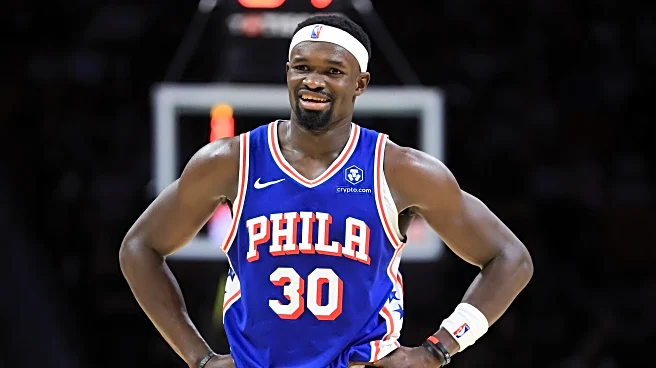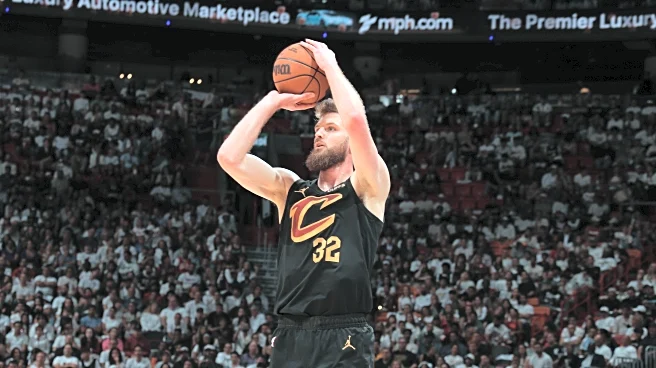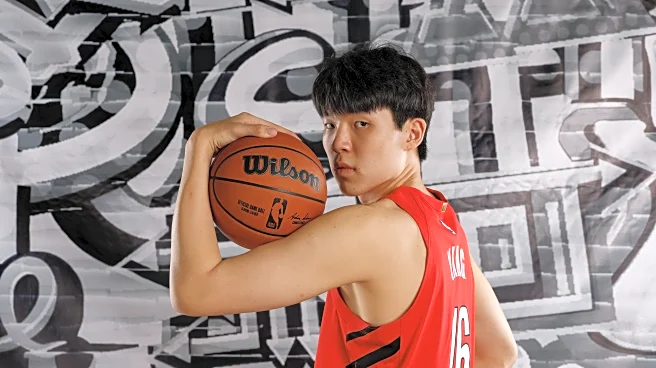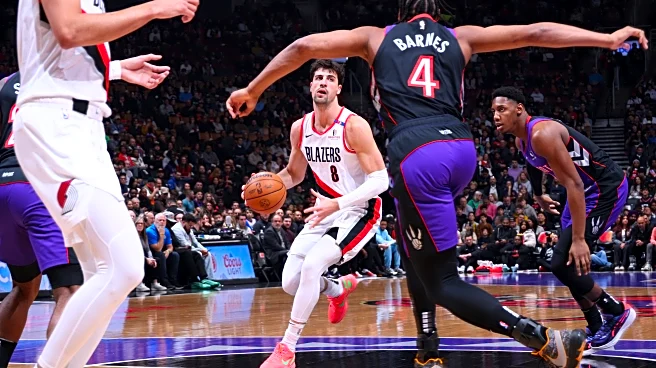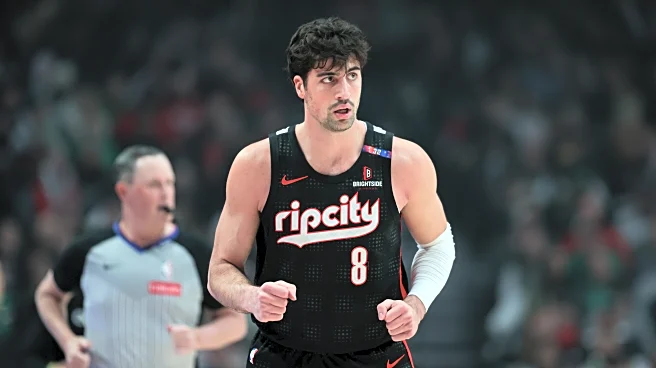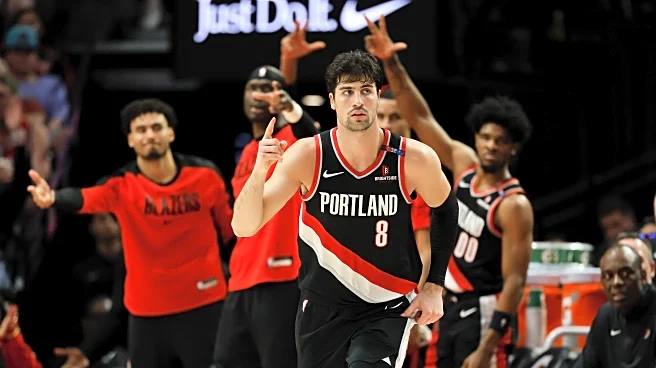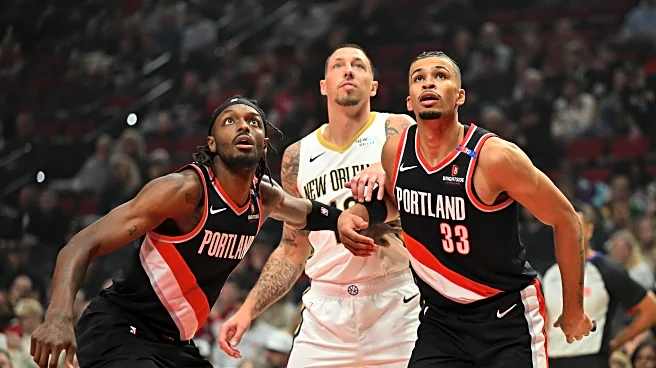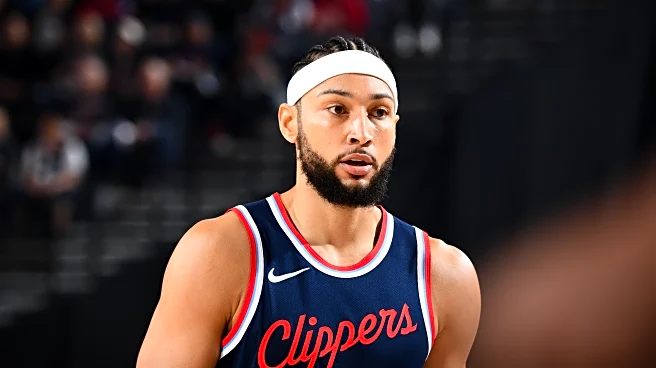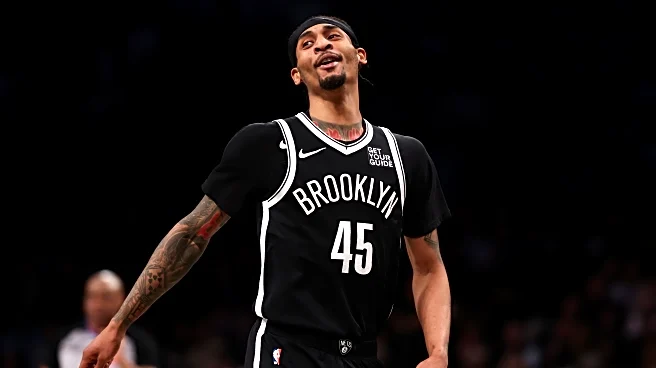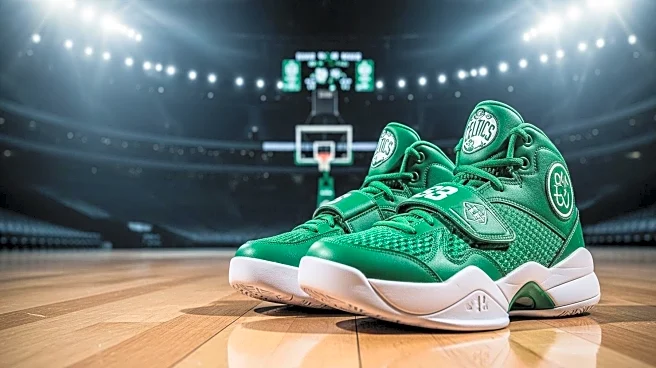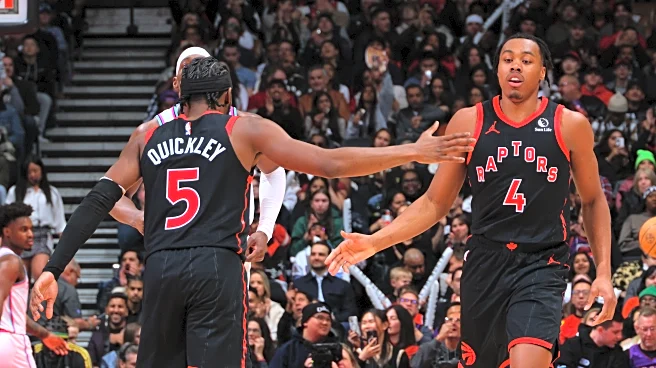About a month from now the Portland Trail Blazers will embark on their 2025-26 regular season campaign. As the time narrows we’re going to be looking at their new roster from multiple angles. We’re starting out with a multi-day series on the big questions facing the franchise as they attempt to transition out of rebuilding mode into actual participation in the NBA Playoffs.
We’re starting today with a familiar issue, one that looms overhead like a critical exam that you haven’t quite studied for:
distance shooting.
Three-point marksmanship is one of the pillars of the modern NBA. Not only do long-distance shots count for an extra point per made attempt, they also function as lubricant, loosening the gears of the offense by spreading defenders across the court in an attempt to stop the torrent of threes. This aids in drives, passing, and offensive rebounding.
Ironically enough, all three of those factors are critical to Portland’s attack. Let’s look at their likeliest lineups, with starters and/or major bench participants:
Point Guard: Jrue Holiday, Scoot Henderson
Shooting Guard: Shaedon Sharpe
Small Forward: Deni Avdija
Power Forward: Toumani Camara, Jerami Grant
Center: Donovan Clingan
Consider how each of these players is likely to operate in the halfcourt offense.
Holiday could function on-ball as a set-up point guard. He’s not likely to be a steady scorer at this point in his career. He’ll want to come off of screens and look for options. Frankly, he’s just as likely to play off-ball as a secondary shooter.
Henderson has improved his catch-and-shoot game tremendously over two seasons but his strongest suit is still penetrating to the middle off the dribble and either converting or finding a target for an alley-oop or sideline shot.
Sharpe thrives off the drive, either all the way to the bucket or pulling up. The longer his possessions take and the farther out on the floor they end, the worse it is for him.
Advija is one of the few players in the lineup who could legitimately claim to be a three-level scorer but the strength that makes him special comes through diversity. When he turns to isolation offense he becomes prone to turnovers and stalls. His game is liquid, based on the defense never knowing if he’s taking that next step towards the bucket, pulling up, or most critically, passing off.
Camara is a sideline receiver, either for the corner three or a drive against weakened defenses.
Grant is an isolation scorer. He willingly shoots threes off of the catch or the bounce. He can also take the ball to the midrange or post.
Clingan is an offensive rebounder, scoring only close to the bucket.
Note a couple things:
- There’s no truly dominant scorer in the lineup. Effectiveness and production will depend on team synergy and unselfishness as much as anything.
- Almost every player we listed depends on either clear driving lanes or clear passing lanes to thrive.
Now look at the three-point percentages of these players last season:
- Holiday .353
- Henderson .354
- Sharpe .311
- Avdija .365
- Camara .375
- Grant .365
- Clingan .286
The league average for three-point percentage hovers around 36%. The Blazers are not bad, but even the best players in this lineup are average. Two presumed big-minute players–Sharpe and Clingan–are far below.
This brings up a big question. If there’s no dominant scorer to draw defensive attention regardless of environment and there are no above-average three-point shooters to spread the floor organically, what incentive do defenders have to crowd any particular area of the floor save for the interior? Put another way, how will the Blazers excel at penetrating and passing through open lanes when neither the floor space nor those passing lanes truly exist? What’s to stop opponents from single-covering Portland’s shooters, collapsing back on pick and roll plays, and playing off of drivers?
The real danger is that the Blazers’ halfcourt offense devolves into isolation scoring from players not quite suited for that style, punctuated only by fits and starts of three-point shooting. If that happens, the analysis will be easy. The Blazers will look good when the threes fall, not capable of winning otherwise.
Ironically, these refrains manifested themselves (and became oft-repeated) last season when Grant and Anfernee Simons appeared to dominate the isolation offense and Portland ended up relying on streak three-point making to make the difference when that failed. Much of the blame fell on the two scoring stars. But what if it wasn’t just them? What if the issue was systemic?
The Blazers will have to prove they’ve solved these issues, and can play with more effective synergy in the halfcourt, before we can believe they’ve taken a true step forward. Better shooting and scoring should beget same across the lineup, but until they find a solid place to set their feet in this regard, every game will be a new adventure for most of their lineup.
